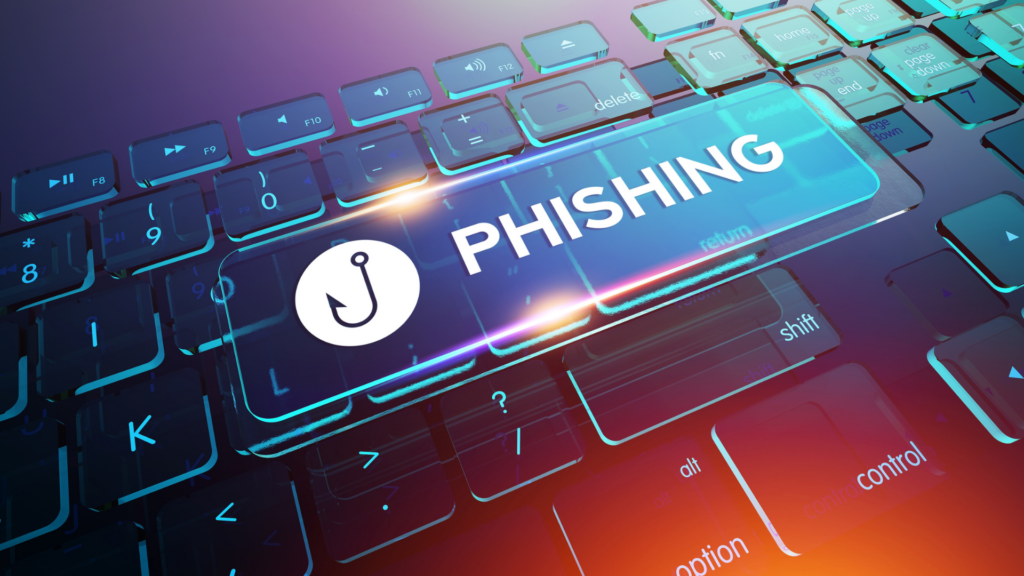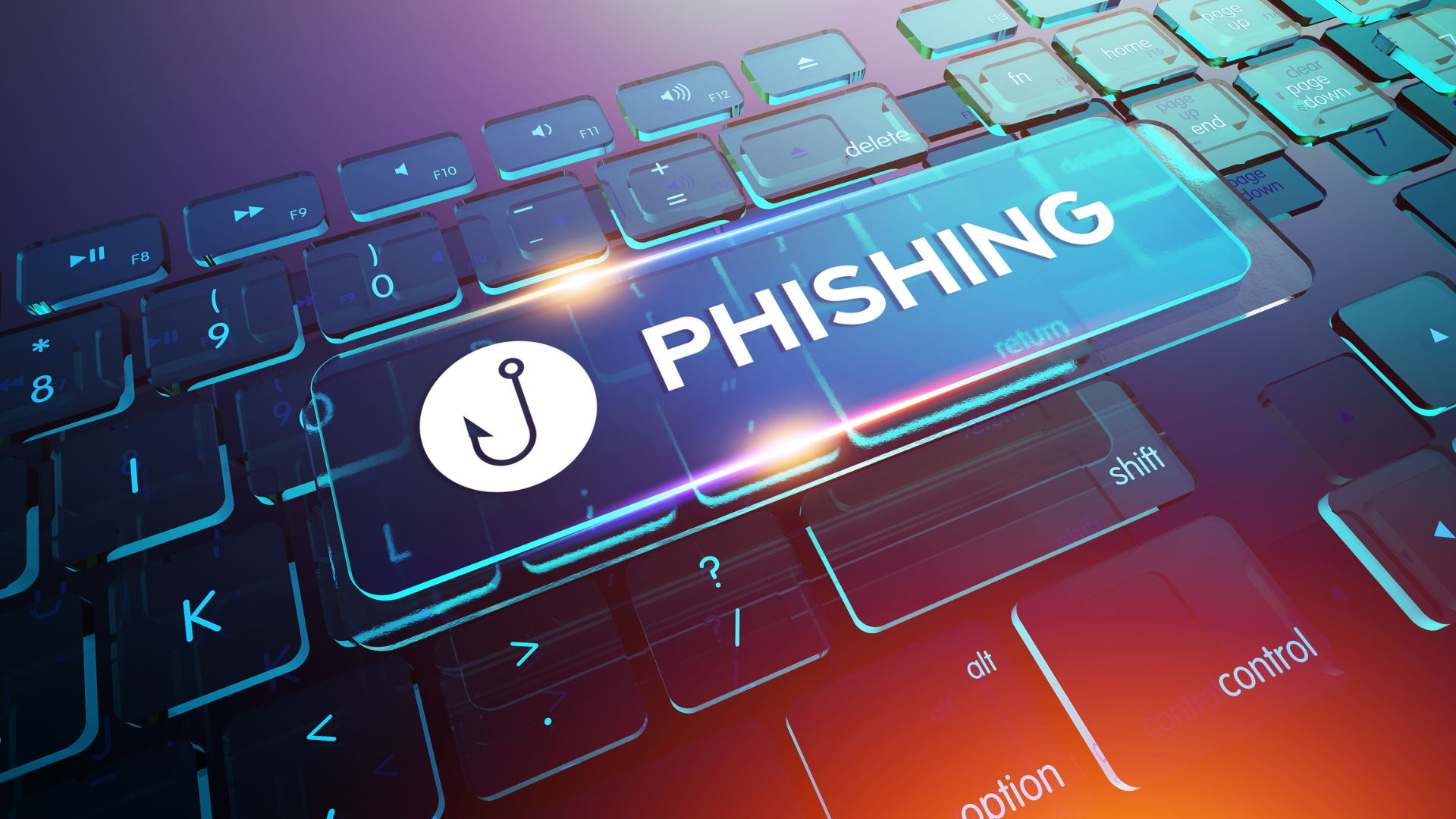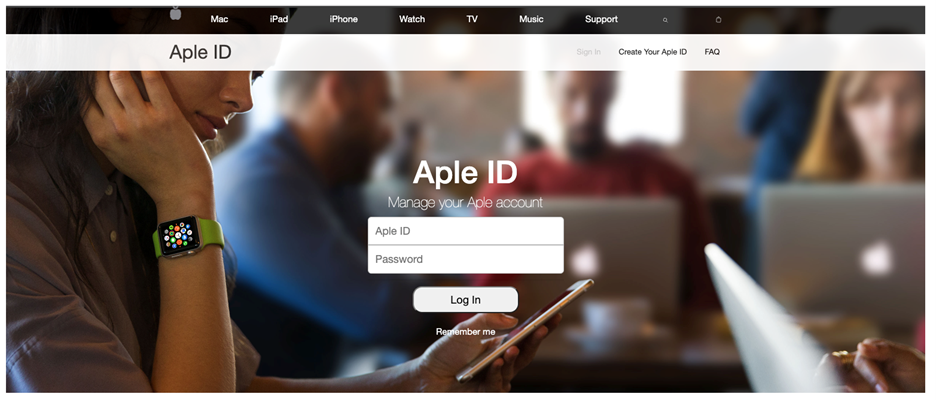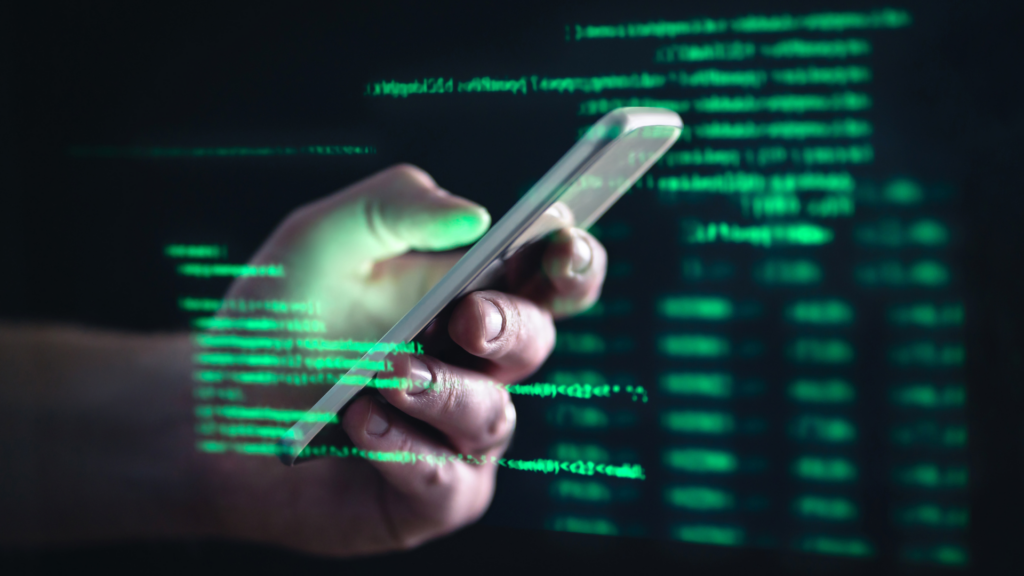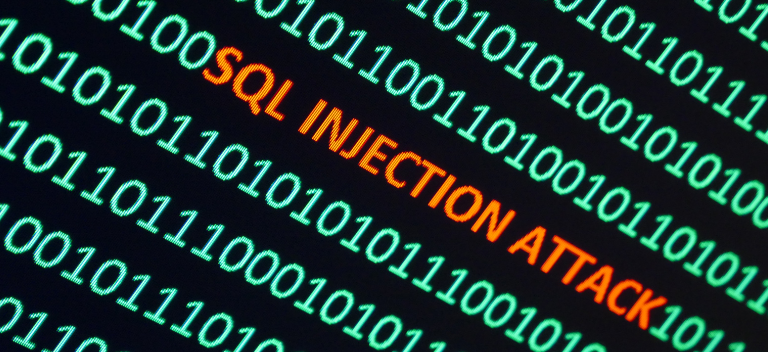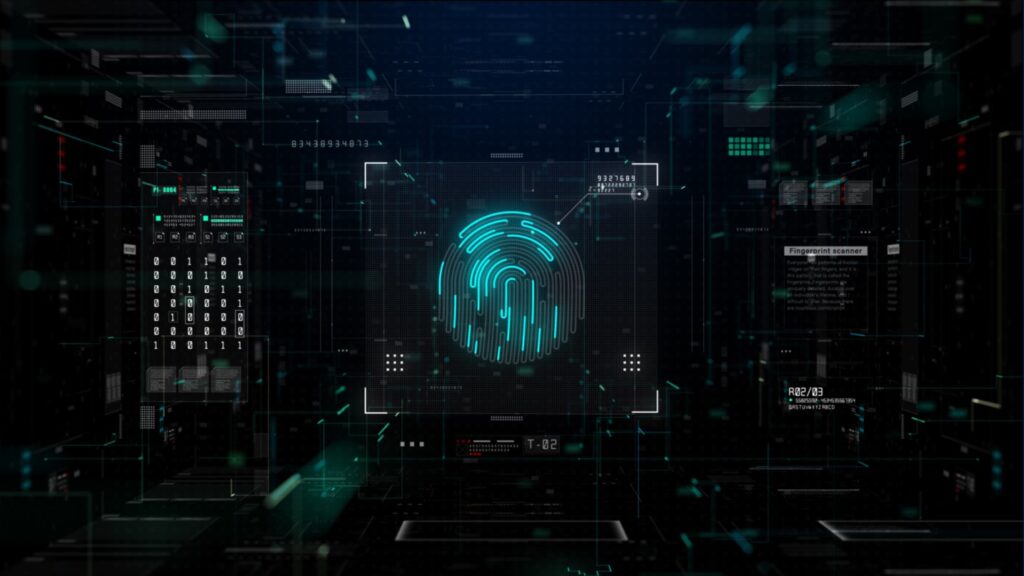
BLOG
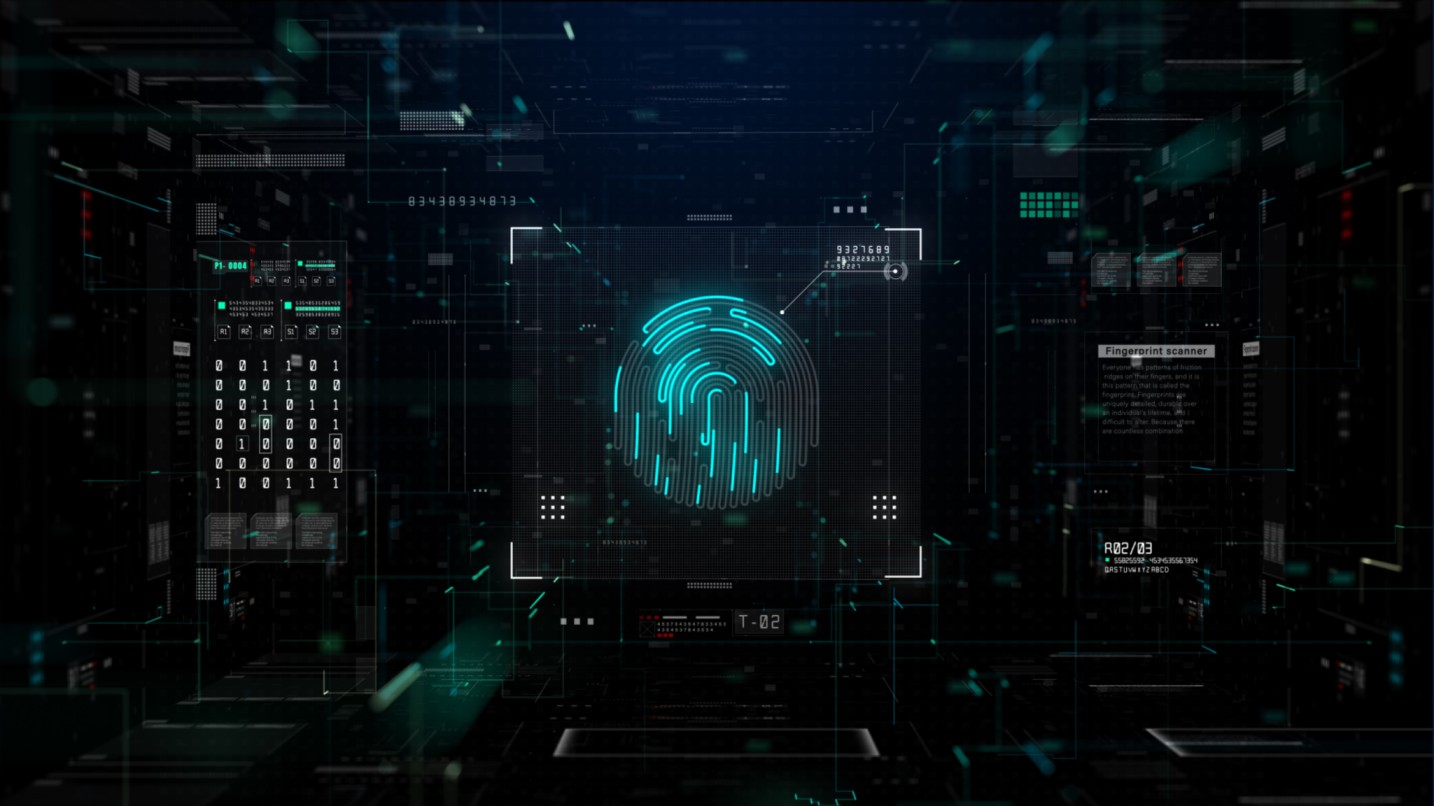
Best practices for protecting your business from insider threats
An insider threat is a cybersecurity risk coming from within an organization. This risk often arises when employees, contractors, vendors, or partners with proper access misuse it to harm the organization’s networks, systems and data. Whether intentional or not, such actions threaten the confidentiality, availability and integrity of the organization’s systems and data.
In the 2023 Insider Threat Report by Gurucul, it is revealed that over 70% of organizations believe that they are moderately to highly susceptible to insider threats. Over the past year, more than half of the surveyed organizations have faced at least one insider threat, with 8% encountering over 20 incidents.
According to the 2023 Cost of Insider Risks Global Report by Ponemon Institute, the average cost to address and mitigate the fallout of an insider threat that lasts for 91 days is $18.32 million. The report also highlights that only 13% of insider threats could be mitigated within 31 days.
Types of insider threat
Insider threats within organizations can manifest in various forms. These threats include:
- Unintentional Threats: Caused by negligence or accidents, these threats arise from insiders who disregard security protocols or make errors, like sending sensitive information to the wrong recipient or losing data storage devices.
- Intentional Threats: This involves malicious insiders who deliberately harm the organization for personal gain or due to grievances. Actions can range from data leaks to sabotage.
- Collusive Threats: These occur when insiders collaborate with external actors, like cybercriminals, to compromise the organization. This threat often involves fraud or intellectual property theft.
- Third-Party Threats: Often involving contractors or vendors, these threats stem from those with some level of access, who might directly or indirectly pose a risk to the organization.
Case examples of insider threat
High-profile cases of insider threats have demonstrated their significant impact on organizations. While some cases may not have immediate monetary implications, they still harm the company’s reputation and customer trust.
For instance, Tesla faced a data leak where two former employees disclosed over 75,000 employees’ personal information. The information compromised included personal and contact details, employment records and sensitive financial data. The two perpetrators also disclosed details about customer bank accounts, Tesla’s production secrets and feedback on its Full Self-Driving features. Tesla took legal measures against the individuals responsible, but the breach left lasting implications for its data security reputation.
In May 2022, Qian Sang, a then-Yahoo research scientist, downloaded Yahoo’s AdLearn product information. Sang transferred about 570,000 pages of intellectual property to his devices. This occurred shortly after he accepted a job offer from The Trade Desk, a rival company. Weeks later, Yahoo discovered the data theft. The company then issued Sang a cease-and-desist letter. Yahoo filed three charges against Sang, including the theft of IP.
Microsoft also experienced a security lapse when employees accidentally exposed login credentials in August 2022. The company did not disclose specific details about the systems impacted by the credential exposure. However, had the breach involved the personal data of EU customers, Microsoft would have to pay a substantial €20 million fine under GDPR.
In 2022, Apple initiated legal action against the startup Rivos. The tech giant accused Rivos of systematically hiring its former employees. Apple claimed that Rivos did this to obtain confidential information. At the time, Rivos had hired over 40 of its previous staff, including engineers who allegedly took gigabytes of sensitive data related to Apple’s System-on-Chip (SoC) technology. Apple had developed this SoC technology for over a decade with substantial investment. This technology was reportedly critical to Rivos’ accelerated SoC development. Apple’s lawsuit framed this as a data theft.
Protect your business from insider threats
To combat insider threats, organizations must integrate a series of strategic actions into their security plan. This begins with a comprehensive inventory and classification of data resources throughout the IT environment. The classification includes data stored onsite and in cloud infrastructures. Classifying data allows for the efficient and secure use of information across the organization.
Next, developing a detailed data handling policy is crucial. This policy should dictate how different types of data can be accessed and used and by whom. It’s essential to incorporate a system that flags violations of this policy, which could indicate potential insider threats.
Training employees is also essential in preventing insider threats as it enhances their awareness of security risks, including unintentional ones. Through training, employees better understand company policies and their roles in data security. They learn to recognize signs of potential threats and the correct response to suspected breaches. This reduces accidental security lapses and cultivates a strong culture of security within the organization.
Monitoring systems for signs of insider threats is also key. Implementing solutions like intrusion detection systems, privileged access management systems and user behavioral analytics helps in identifying suspicious activities. Investigating any unusual activities promptly can significantly mitigate risks posed by insider threats.
At C8 Secure, we provide comprehensive services tailored to combat insider threats. Our expertise includes conducting detailed cyber security assessments, vulnerability testing and crafting incident response plans. C8 Secure’s managed Endpoint Detection and Response (EDR) and Managed Detection and Response (MDR) services play a crucial role in mitigating insider threats. These services continuously monitor endpoints and network activity for suspicious behavior, enabling rapid detection and response to potential threats. For example, if an employee attempts to exfiltrate sensitive data via an unauthorized USB device, C8 Secure’s EDR solution would detect this anomalous activity and trigger an alert for investigation.
Similarly, C8 Secure’s managed Security Operations Center (SOC) and Security Information and Event Management (SIEM) services provide 24/7 monitoring and analysis of security events across an organization’s infrastructure. By correlating data from multiple sources, such as user activity logs, network traffic, and application events, C8 Secure’s SOC team can identify potential insider threats that might otherwise go unnoticed. For instance, if a privileged user suddenly starts accessing sensitive resources outside of their normal working hours, the SOC team would be alerted to investigate this anomalous behavior.
C8 Secure’s managed Web Application and API Protection (WAAP) services are also critical in defending against insider threats. These services protect an organization’s web applications and APIs from unauthorized access and abuse, which is particularly important given the growing reliance on cloud-based services. For example, if an employee attempts to exploit a vulnerability in a web application to gain unauthorized access to sensitive data, C8 Secure’s WAAP solution would detect and block the attempt.
Beyond these technical controls, C8 Secure also emphasizes the importance of employee training and policy development in mitigating insider threats. By working with organizations to develop comprehensive security policies and providing targeted training to employees, C8 Secure helps foster a culture of security awareness. This can help prevent unintentional insider threats, such as the accidental exposure of login credentials by Microsoft employees.
Insider threats pose a significant risk to organizations of all sizes and industries. By leveraging C8 Secure’s managed security services, including EDR, MDR, SOC, SIEM, and WAAP, organizations can significantly enhance their ability to detect and respond to insider threats. Combined with robust security policies and employee training, these services provide a comprehensive defense against the growing risk of insider threats.
RECENT POSTS
The alarming surge of Phishing and how to protect your business
The threat of phishing is escalating. Statista reported that there were over 1.62 million unique phishing sites globally in Q1 2023, over 50% higher than the same period in 2022.
DOWNLOAD BROCHURE
For more information, please download our solutions brochure

